Scientists by designing a new substance that can stop fluorescent molecules fading, created the ‘brightest material on Earth.’
The new material called SMILES could be used in solar energy and for storage of information.
Fluorescence is critical to applications in optical materials including OLEDs and photonics.
While fluorescent dyes are potential key components of these materials, electronic coupling between them in the solid state quenches their emission, preventing their reliable translation to applications.
We report a universal solution to this long-standing problem with the discovery of a class of materials called small-molecule ionic isolation lattices (SMILES). SMILES perfectly transfer the optical properties of dyes to solids, are simple to make by mixing cationic dyes with anion-binding cyanostar macrocycles, and work with major classes of commercial dyes, including xanthenes, oxazines, styryls, cyanines, and trianguleniums. Dyes are decoupled spatially and electronically in the lattice by using cyanostar with its wide band gap. Toward applications, SMILES crystals have the highest known brightness per volume and solve concentration quenching to impart fluorescence to commercial polymers. SMILES materials enable predictable fluorophore crystallization to fulfill the promise of optical materials by design.
Images credit Amar Flood
The research published in Cell Press

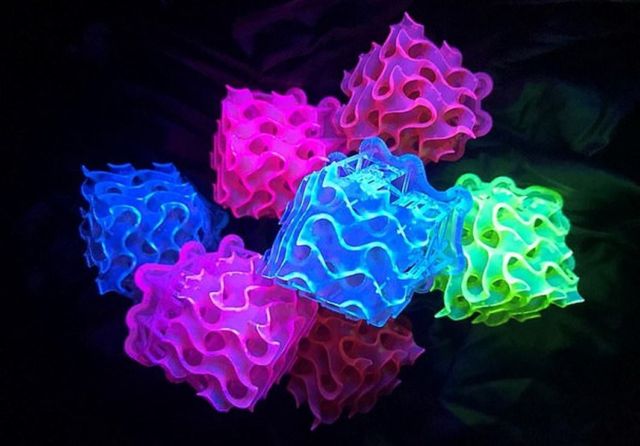
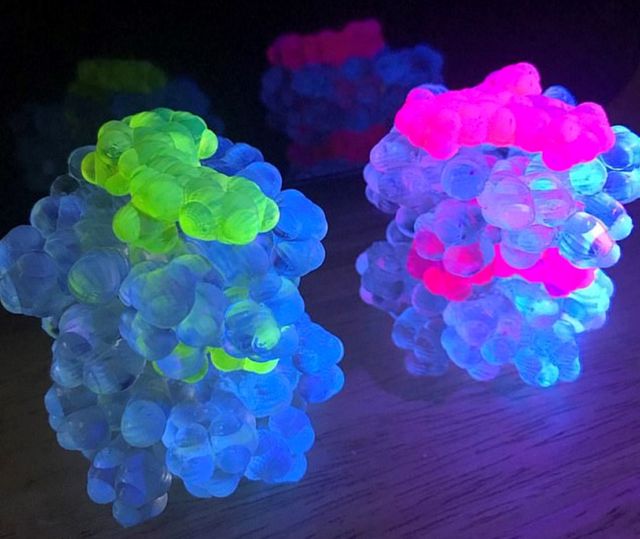
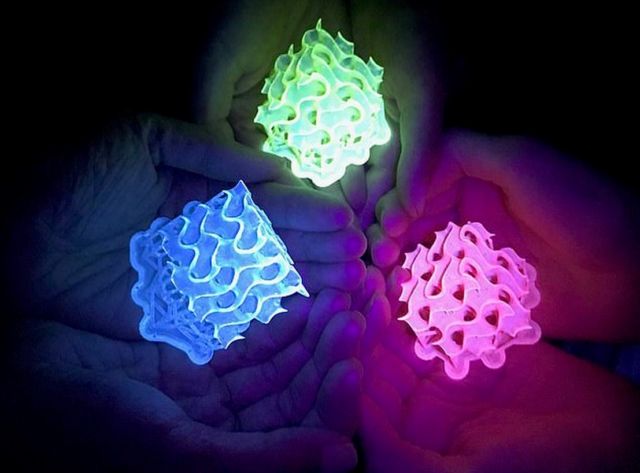


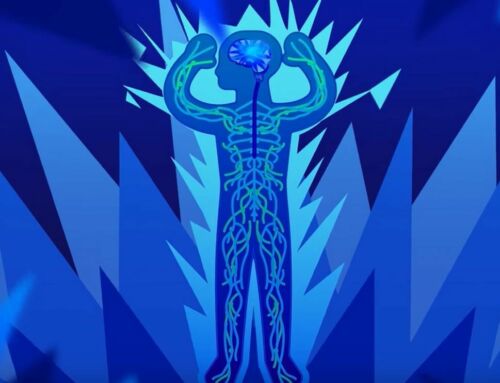
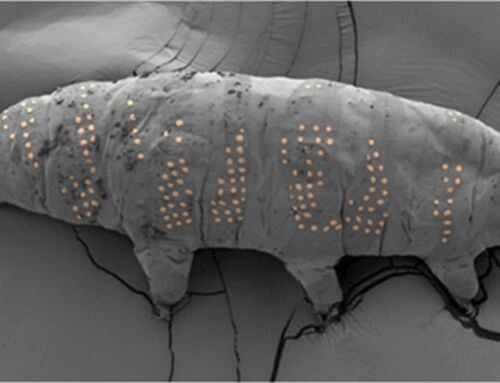
Leave A Comment